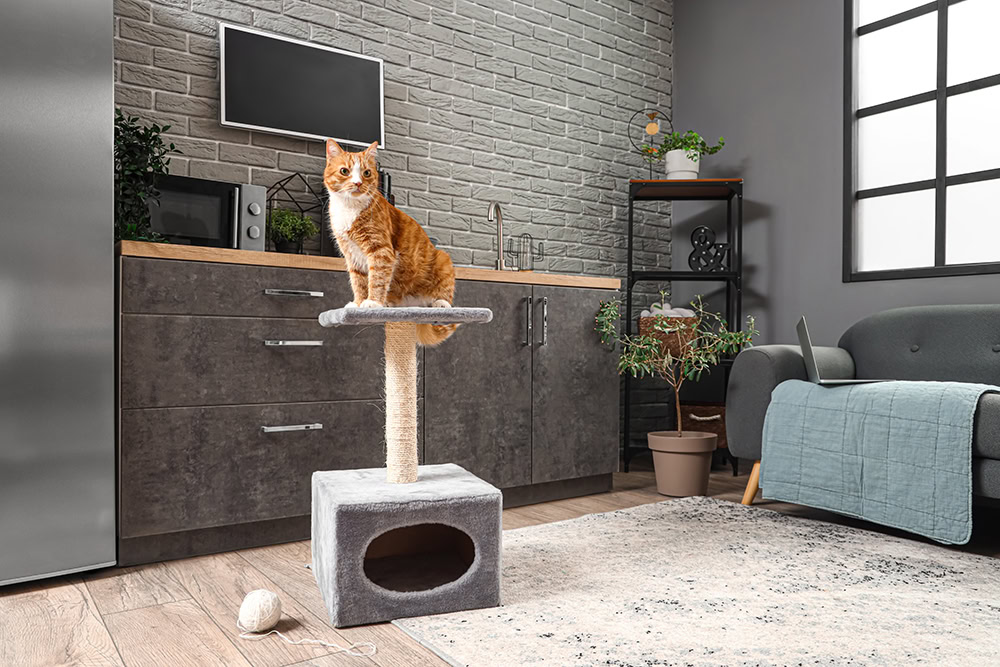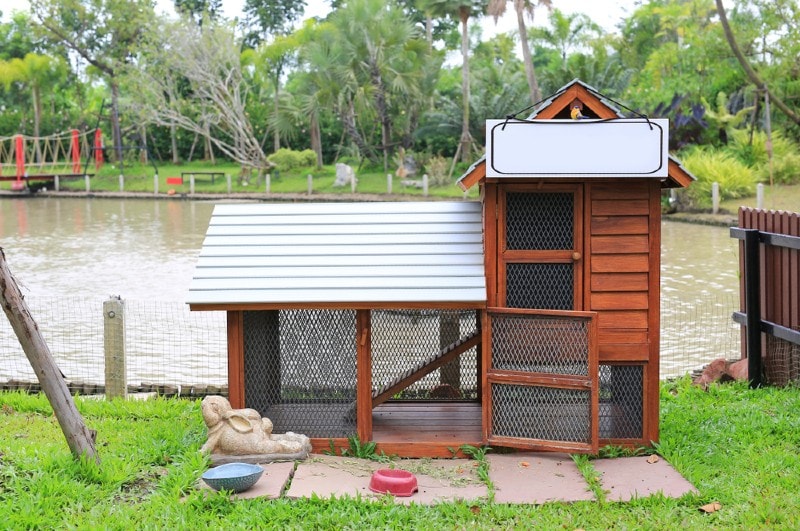Click to Skip Ahead
Living in an apartment doesn’t mean you have to forgo the joy of pet companionship. While limited space and rental agreements can make it a bit more difficult, there are still lots of pets well-suited to apartment living. From low-maintenance fish to independent cats, and even certain dog breeds, you’ve got plenty of options, you just need to be a bit more selective and make sure you consider the right things before making a decision. In this guide, we explore the best pets for apartments so you can choose a companion that fits your lifestyle and living arrangements.

Check your rental agreement
The first place to go is to the rental office. If you are moving to another apartment, checking on their pet policy might want to be your first order of business. For your current apartment, reread your lease. Now that you want a pet, it will be imperative to know if it is even possible where you live.
Some agreements have stipulations even when you are allowed pets so read the fine print. There could be weight limit or size limit. Owning fish may be limited to smaller tanks and not the larger ones you see in doctor’s offices or restaurants.
Don’t forget the cost as well. To own a pet can add another one hundred dollars or more to your monthly rent. Increased cost is most likely due to the possibility of pet stains on rugs and damage to the apartment dwelling itself.

The 6 Best Pets for Apartments
1. Fish
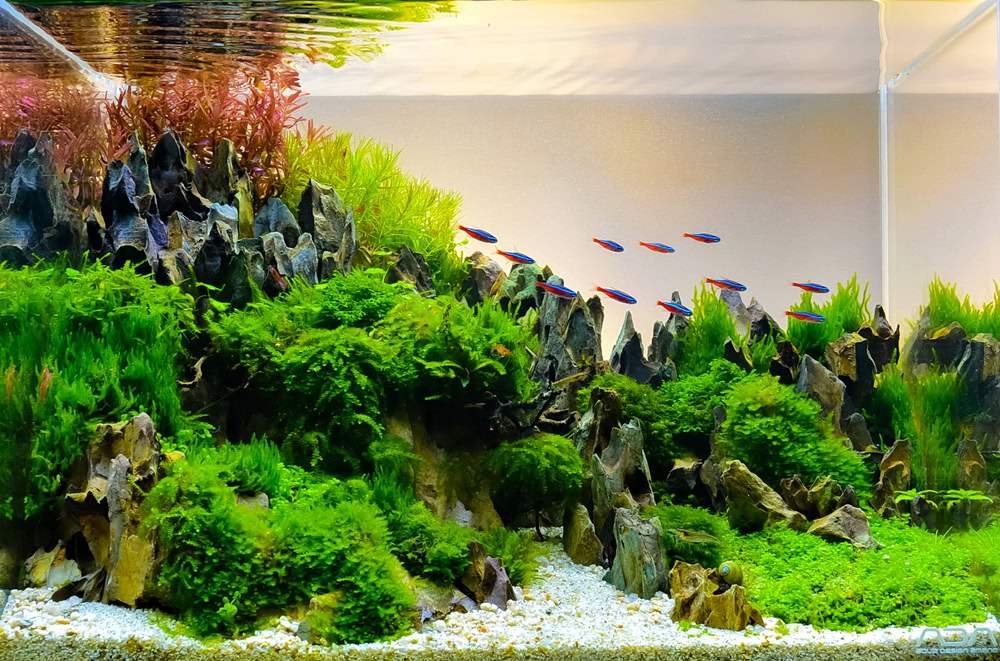
These are some of the most unobtrusive pets. They amuse themselves by swimming all day and only need to eat at intervals. The size of your fish or the aquarium might be in question but generally fish are allowed as long as the tanks are well maintained.
2. Reptiles and amphibians
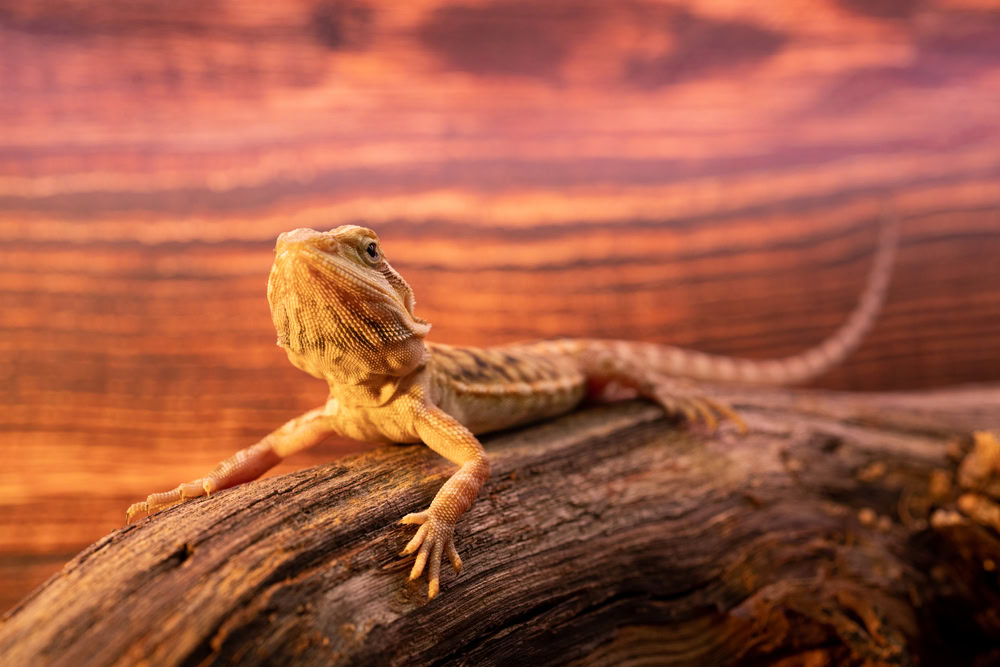
Snakes are not the only reptiles. Many apartments will allow them as long as they are non-poisonous and kept in a tank. But, there are also small lizards like newts and salamanders. Don’t forget your friendly neighborhood turtle.
3. Birds
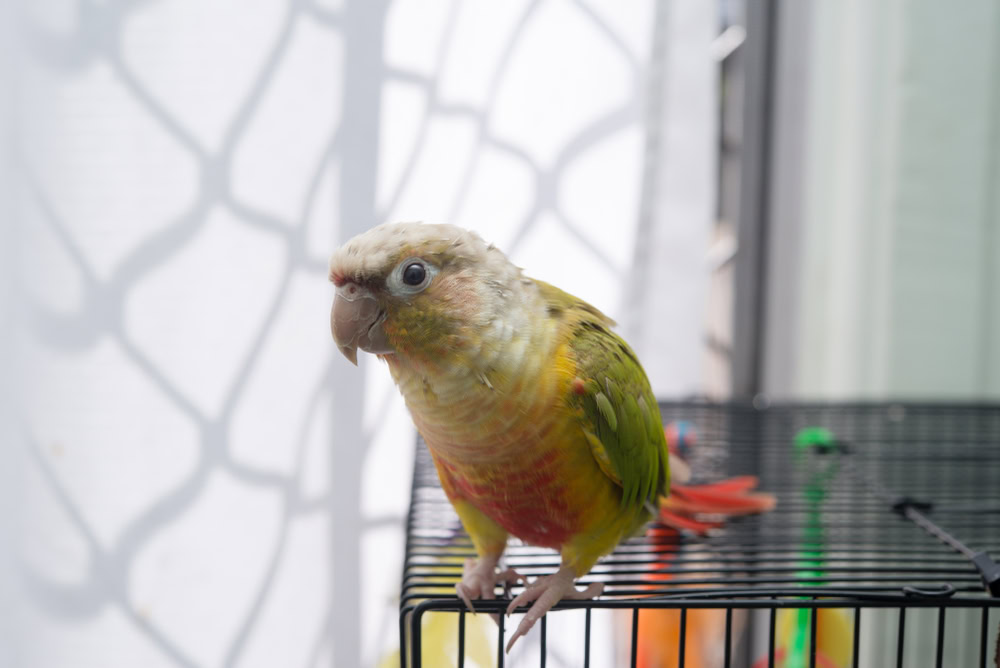
They can sing but don’t let them squawk. Try to stay away from macaws, parakeets in large numbers, cockatoos and other vocal birds. Apartment walls are not thick enough to stop a loud bird from keeping the neighbors up all night.
4. Small furry animals
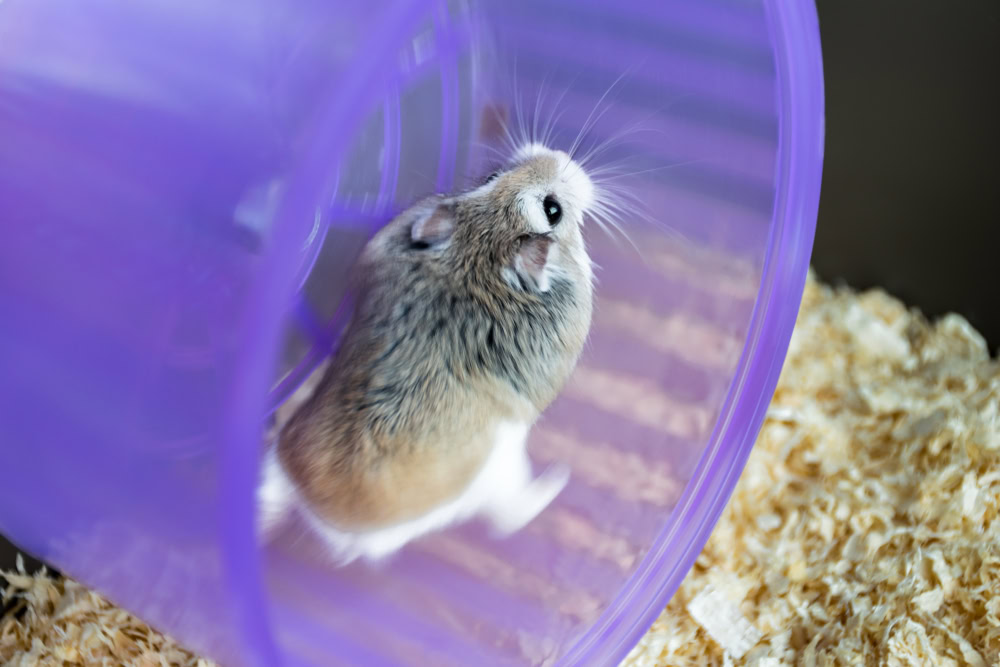
This would include hamsters, guinea pigs, mice and rabbits. The major hurdle here is the smell. These pets need constant cleaning of their cages. If there is an issue with cleanliness, your landlord may ask them to go.
5. Cats
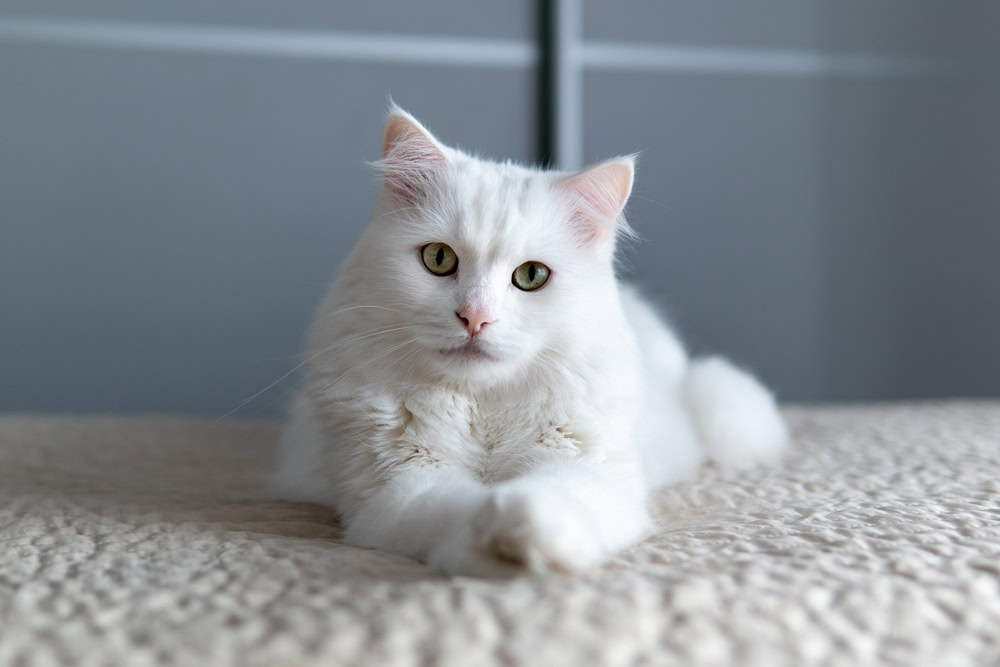
This furry creature is usually not a problem in most apartments. They keep to themselves and don’t make a lot of noise.
6. Dogs
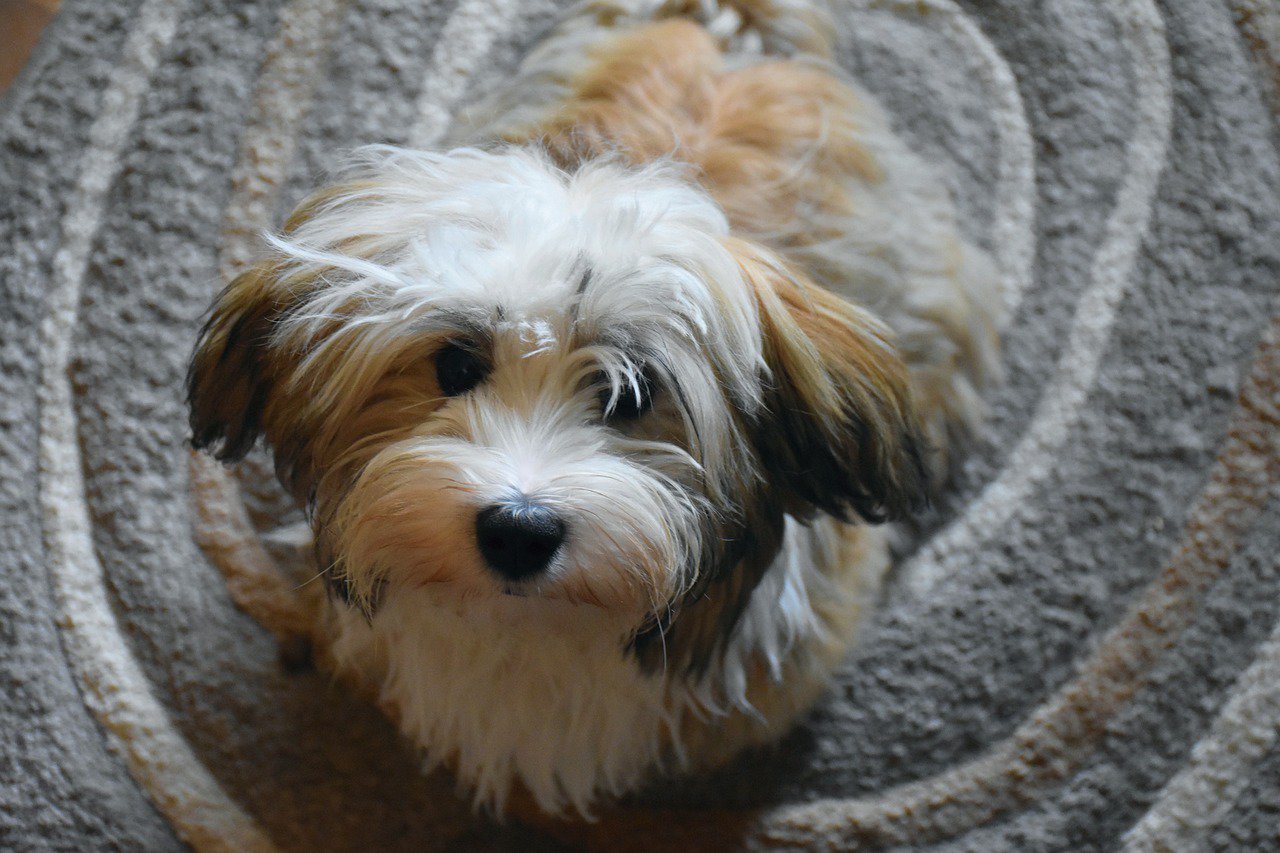
Large dogs are not a good match for apartments because of the limited space during the day. Even small dogs need to be walked but they often fare better during the day when left alone.
Just because you live in an apartment doesn’t mean that you can’t have a companion of the animal variety. Check with your landlord and then choose a pet to suit your needs.

Tips for having pets in smaller spaces
Some pets, such as fish and amphibians, don’t use up too much space and don’t roam around, and therefore don’t require too much thought other than where you will place their enclosure. If you opt for a larger pet like a dog or a cat however, there are certain things you can do to make the environment better and more comfortable for everyone, here are some of the best tips for keeping a pet in a smaller apartment:
- Maximize Vertical Space – Use shelves, cat trees, or wall-mounted perches to give pets more room to move and explore without taking up valuable floor space.
- Prioritize Cleanliness – Frequent vacuuming, odor control, and proper litter box maintenance are essential in a small space to ensure a fresh and hygienic home for both you and your pet.
- Provide Mental Stimulation – Interactive toys, puzzle feeders, and regular play and training sessions can keep your pets from getting bored and developing unwanted behaviors, especially more intelligent breeds.
- Ensure Regular Exercise – Take dogs on daily walks and provide lots of climbing opportunities and active playtime for cats. You certainly don’t want a restless pet running around the apartment in the evening because they didn’t get enough exercise throughout the day.
- Optimize Storage for Pet Supplies – Use stackable bins, wall hooks, or hidden storage to keep pet materials like food, toys, and grooming tools organized without cluttering up your space.
- Make the Most of Natural Light and Fresh Air – Providing the weather permits it where you live, keep the windows open (with safety screens) to provide ventilation and sunlight.

Conclusion
So as you can see, living in a smaller space doesn’t mean you can’t enjoy having a pet. With the right choice of companion and some thoughtful adjustments to your home, you can create a comfortable and happy environment for both you and your furry (or scaly) friend. By considering factors like space-saving, mental stimulation, and regular exercise, apartment living with a pet can be just as rewarding as in a larger home. With a little planning and care, you can enjoy all the benefits of having pets in your life, no matter the size of your living space.
Featured Image Credit: Pixel-Shot, Shutterstock
